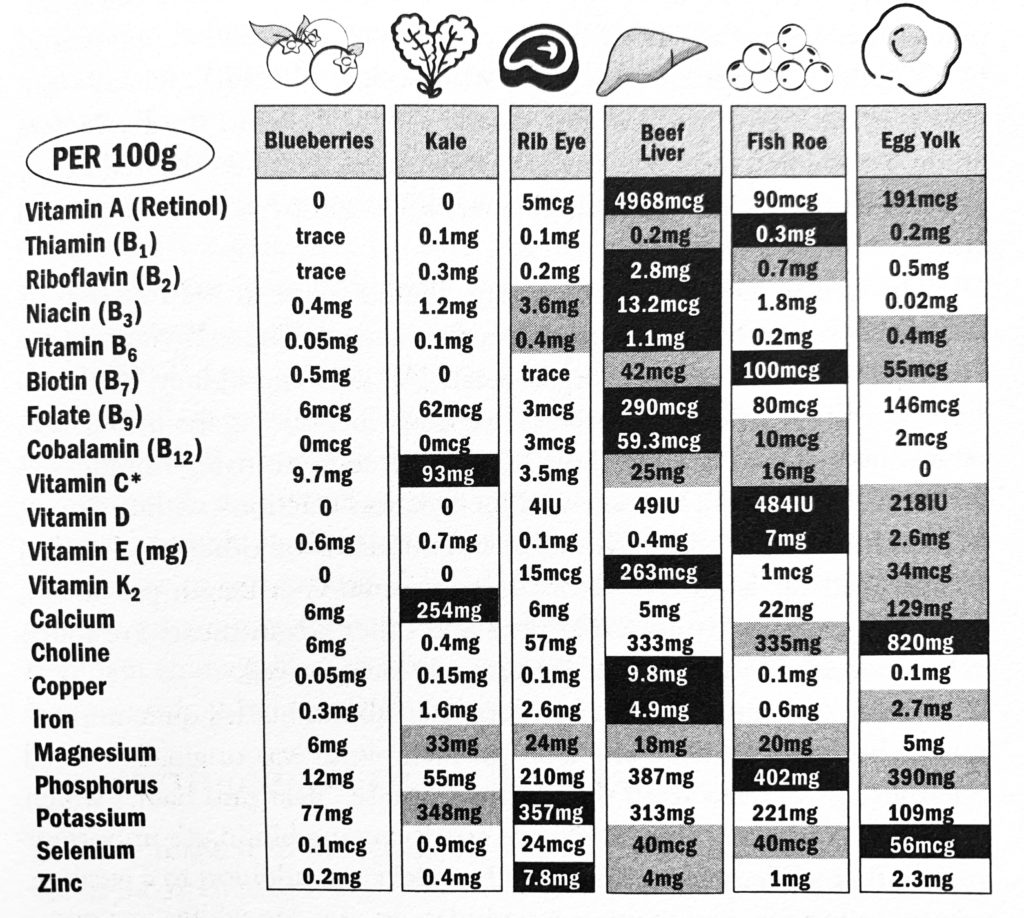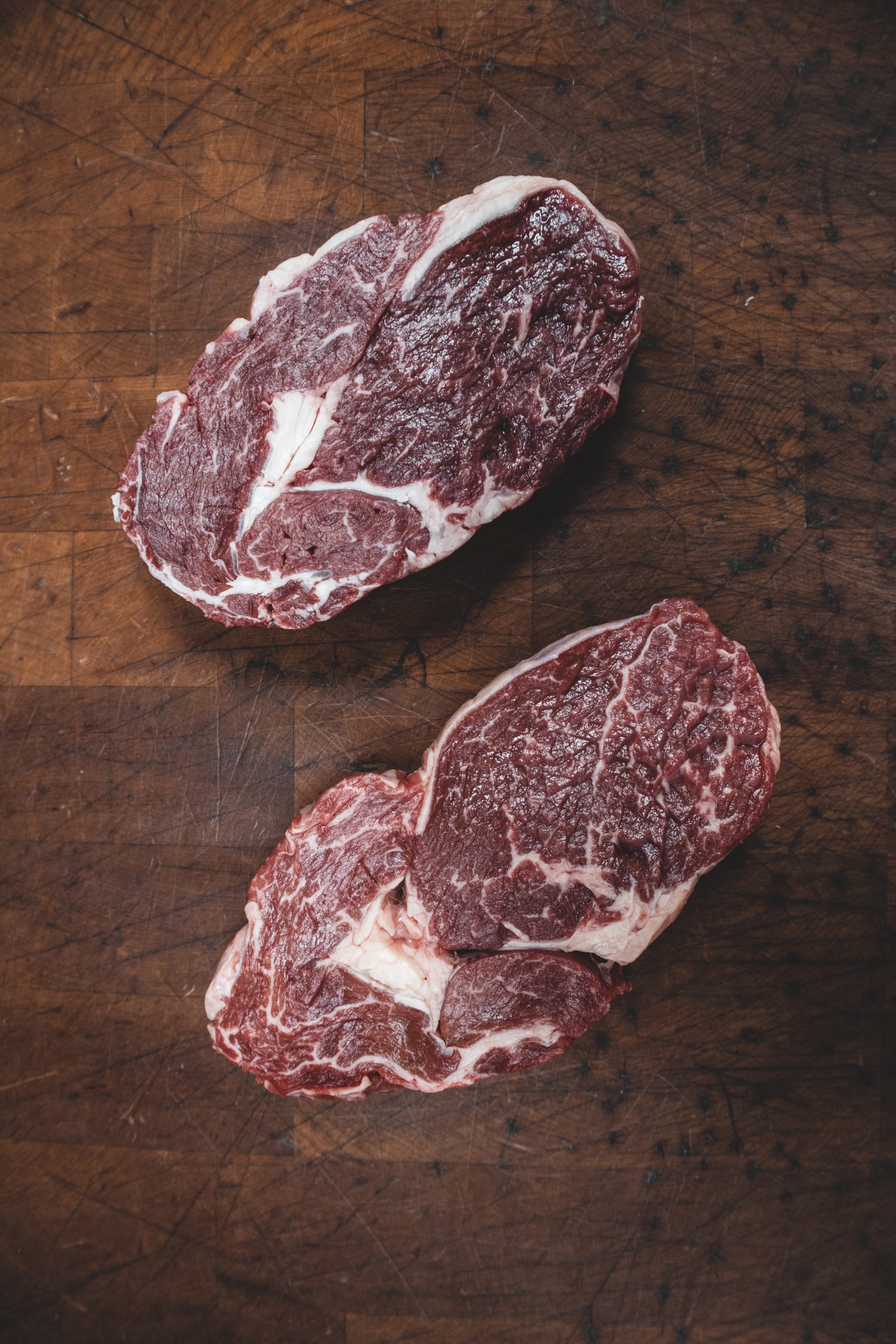One of my goals for 2020, especially with the advent of the COVID-19 related shutdown of sports events, restaurants, travel and just about anything else that gives life variety, was to read more. Growing up I was a voracious reader, reading everything from Harry Potter to Ayn Rand, philosophy to economic theory. However, my love of reading took a serious nose-dive when I started doing it basically for a living. Safe to say my desire to turn any more pages at the end of the day or on weekends just sort of fizzled out. So now that health and wellness is an everyday topic thanks to a global pandemic, I decided to pick up more reading and listening on the subject.
Another thing I started doing more of was listening to podcasts, giving my usual workout staple of rap and electronic music a rest. I figured I could improve my mind at the same time I was attempting to improve my physical health. Having already done ProLon earlier in the year, I was successful at keeping the 15 pounds I lost off. However, always looking for ways to improve, I decided to listen to Ben Greenfield’s podcast as my girlfriend was a big fan of his Kion supplement line. I knew he was a well-known biohacking authority and was curious to see what his show had to offer.
So, I fired up Spotify and clicked on one of Ben’s podcasts that featured a doctor who was going to discuss an entirely animal-based diet called the “carnivore” diet. As a lifelong ribeye enthusiast, I was intrigued. I had heard of a similar concept before, but I figured it fell under the generic umbrella of the keto diet.
The doctor speaking on the subject was Dr. Paul Saladino, MD. He went into the specifics of the diet, what it entailed, and where dietary recommendations have gone so wrong, given the unprecedented levels of metabolic dysfunction present today. It definitely piqued my interest and the podcast was, as many are, a way for Dr. Saladino to promote his book, The Carnivore Code. Given my new resolution to read more, I decided to buy a copy of off Amazon.
So, what did I think of The Carnivore Code? Well, let’s just say it totally changed my view of plants, the importance of animal proteins in the diet, the misinformation blared from headlines regarding livestock agriculture, and the purported health problems generated by meat-heavy diets. After I do my next ProLon fast, I am certainly going to switch to a carnivore diet to see how I do as by that point I will have reset my body metabolically. (You can read about my first experience here.)
Curious about the diet or what I took from the book? Here are my top-five eye opening take-aways from The Carnivore Code:
1. THE PREVALENCE OF NATURALLY-OCCURRING PESTICIDES IN PLANT FOODS
We are all concerned about pesticide load in our food, primarily the synthetic toxins sprayed on fruits and vegetables to keep bugs at bay. However, plants also produce their own pesticides, which makes sense since they cannot simply run away or fight like animals do. When we eat plants matter, we are also ingesting molecules designed to ward off would-be predators, and these can wreak havoc on our digestion, gut lining, and hormonal balance. But what shocked me is that we receive 99% of our pesticide load from naturally occurring plant toxins (1). Certainly makes you rethink kale.
A few of the “plant toxins” Dr. Saladino dives into:
- Oxalates – found in spinach, beans & more; can cause kidney stones
- Phytic Acid – found in legumes, almonds, seeds; inhibits mineral absorption
- Flavonoids – mimics estrogen and can act as an endocrine disruptor
Dr. Saladino mentions comprehensive scientific article by Bruce Ames, titled “Dietary Pesticides: 99% All-Nautral,” highlights the fact that humans consume 99.9% of their pesticide loads from plants themselves and only .1 percent as pesticides sprayed on food. (1) the Carnivore Code Review the carnivore code summary
2. EVERY NUTRIENT WE NEED TO FUNCTION OPTIMALLY AS HUMANS CAN BE FOUND IN ANIMAL FOODS
Obviously one of the big things we’ve always been told by mainstream nutritionists is that you have to eat a diverse range of foods to get all your nutrients to function optimally. What they leave out is that you can get all of your necessary nutrients in more bioavailable form (i.e., more available, easily absorbed) from animal foods – specifically eating nose-to-tail and “grass-fed” animals.
So what’s “nose-to-tail”? It means eating not just the muscle meat, but also the organ meat. Let’s take a look at liver, for example. Below is a graphic from the book comparing the nutritional content of animal and plant foods:

As you can see, liver is a rich source of many nutrients and minerals that are more bioavailable than your leafy greens and plant foods. Heart, pancreas and bone marrow are all great sources of these nutrients as well (bonus- they an be taken in pill-form and have the same benefits.)
As Dr. Saladino mentions in his book, many nutrients and vitamins we need are found in a variety of plant foods. But the one thing we don’t hear of much is that plants also contain molecules like phytic acid and oxalates that chelate or “bite” minerals and inhibit absorption in the gut. So if you’re eating leafy greens for the nutritional benefit, good chances you’re not absorbing nearly as much as you think.
Plants serve as survival foods – animal foods function as our primary source of nutrients evolutionarily.
3. YOU DON’T NEED AS MUCH VITAMIN C AS YOU THINK
Looking at you, Emergen-C. What about vitamin C? Well, turns out massive over-supplementation doesn’t do much and you need less than what’s in that packet of orange powder. Contrary to popular belief, eating a nose to tail animal diet gives you all the vitamins you need, including the necessary amounts of vitamin C. In one pound of muscle meat, you’ll get 15 mg of vitamin C. Certain organs like kidney, liver, thymus are even higher in this vitamin, with 30-40 mg per 100g serving. Every wonder why Eskimos eat no vegetables or fruits and yet don’t get scurvy? the Carnivore Code Review the carnivore code summary
4. FAT AND CHOLESTEROL ARE BENEFICIAL FOR YOU
We’ve all heard that it’s necessary to limit dietary fat and cholesterol. However, both are necessary for proper hormone production and neural development and maintenance. Vegans and vegetarians actually have higher rates of hormone dysfunction and psychiatric disorders because of the lack of necessary saturated fats and cholesterol needed to maintain healthy neurons and hormone levels (Saladino 113, 115, 182). In fact, The Carnivore Code points out that cutting out dietary saturated animal fats and cholesterol actually is linked to worse outcomes for stroke and other cardiac events. Who knew? the Carnivore Code Review the carnivore code summary
5. The need for REGENERATIVE AGRICULTURE
Many people go vegan or vegetarian point to the environmental impact of animal farming and climate change as prominent reasons to avoid eating meat. However, mono-cop agriculture (e.g., mass produced fruits and vegetables) is also wreaking havoc on the planet. This type of mass-production of a single vegetable or fruit leaches nutrients from the soil, and results in the increased use of toxic fertilizers and pesticides (which of course remains on and in the plant once harvested). However, raising animals on regenerative farms, where multiple species are raised and fed species appropriate diets actually sequester carbon into the soil, and contribute positively to climate change (actually reducing carbon emissions). Additionally, the large number of animals killed in the process of harvesting plants on mono-crop farms far outweighs the loss of life when we consume animals directly (Saladino, 213). Large machines used to harvest these plants disrupt the ecosystem by killing small animals like rabbits, mice and other rodents. “Not only do plant-based diets that require mono-crop farming result in greater loss of life an ecosystem disruption, they also rob us of our vitality and prevent us from living as abundantly as possible.” (Saladino, 214). the Carnivore Code Review the carnivore code summary
Summing it up
As you can see, The Carnivore Code certainly contains A TON of information that shakes up the mainstream dietary narrative. After reading many testimonials of people reversing autoimmune issues, resolving joint paints and balancing hormones after following his proposed diet, I was immediately convinced that there’s something to it.
I’m excited to see how incorporating more grass-fed, pasture raised animal meats and organs into my diet can improve my health. I’m also going to try out Dr. Saladino’s new supplement line Heart & Soil (they generously gave us a code: HIVE10 for 10% off) and see how incorporating more regeneratively raised animal organs into my diet affects my overall health. Definitely looking forward to my next steak after reading The Carnivore Code! the carnivore code diet review carnivore code summary Paul Saladino
- Bruce Ames, Margie Profet, Lois Gold. “Dietary pesticides (99.99% all natural).” PNAS 87: 7777-81. Published: October 1990.
- Saladino, Paul, and Mark Sisson. Carnivore Code. Houghton Mifflin Harcourt Publishing Company, 2020.
Use code HIVE10 for 10% off your Heart & Soil Order









Comments +